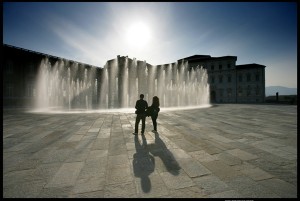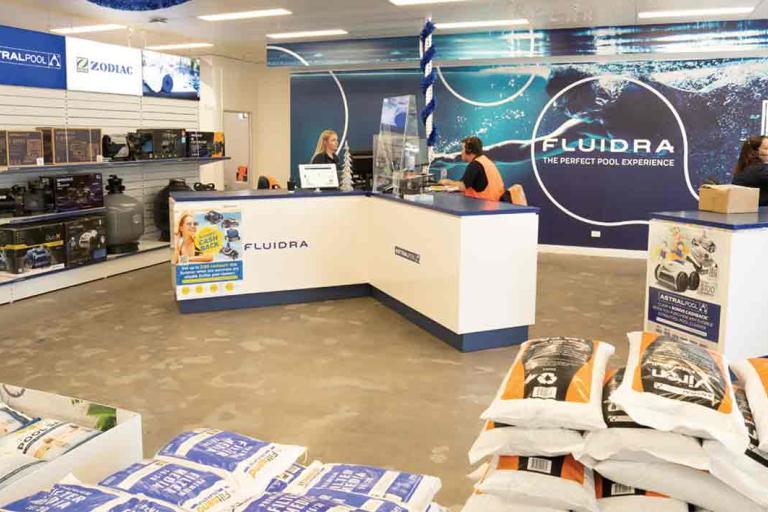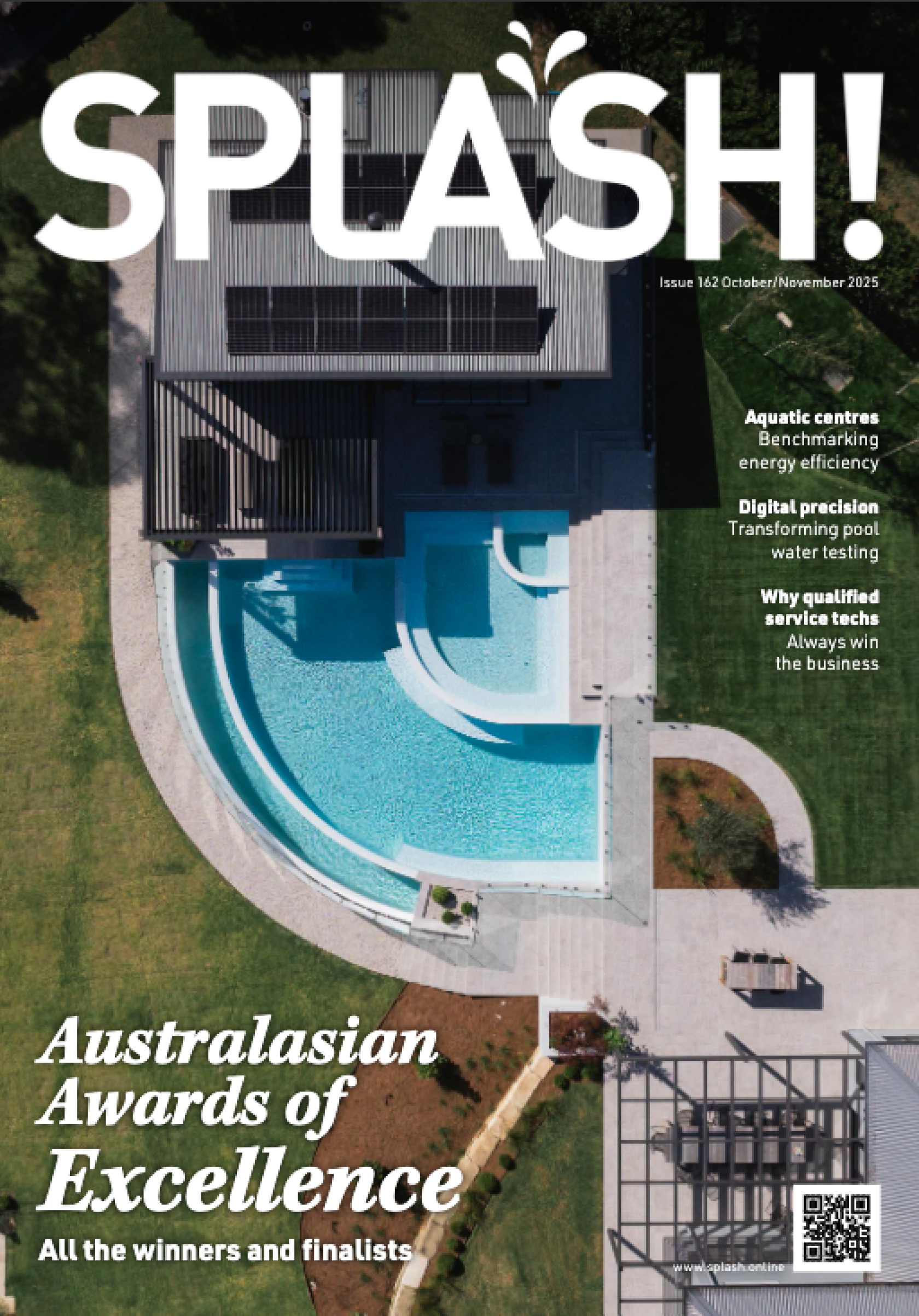Water features see profitability shooting up


Robert Saville of Sydney’s Hydrocare Pool Services says that public water features and fountains are a great addition to his commercial waterpark and pool water treatment business. In fact, Hydrocare has gained such a reputation that last year, water features outstripped the water treatment side of the business.
Hydrocare has several high profile water features to their name – some that outstrip what most people would describe simply as a water feature, to be part architectural monument, part man-made waterway. These include such amazing works as the Garden of Australian Dreams at the National Museum of Australia in Canberra, the front water feature at the National Portrait Gallery, more than 20 water features in the Federal Parliament House and The Ideas Stream, one kilometre of creeks, ponds and weirs at Resmed Campus; as well as high end domestic jobs.
He says that while the work is rewarding, care needs to be taken with many aspects of the construction, and also water treatment.
“Water features have long been a specialist field with designs that create hydraulic and treatment challenges,” says Saville. “Fountains and ponds fall under secondary water contact guidelines and need to be treated. Public water features provide the greatest risk. Untreated water bodies are difficult to maintain and are a health hazard. Water features can range from several thousand to 1.5 million litre capacities – good water treatment is essential.”
He says that he’s been involved with major water feature projects over the past 12 years, and during this time some of the projects that provided the greatest challenges also brought with them the most satisfaction – while also offering the opportunity to reach milestones for improved performance and credibility.
“High profile works often include high risk liability and attention to detail is mandatory. Well designed and located water features provide aesthetic enjoyment for everyone. The dancing waters have done so many years – just look at the Romans and the Trevi Fountain. Today’s budgets may not stretch to a Trevi project – nonetheless, designers have a duty to provide healthy water features.
“Hydrocare has successfully used UV in large water features – the latest being the National Gallery of Australia (NGA). This 1.2 million litre Billabong uses hydrogen peroxide with UV. The NGA required a natural looking water body that included aquatic plants. The water for the feature was pumped from Lake Burley Griffin and was pretreated to kill blue green algae. We put together a portable plant to treat the water using UV, chlorine and hydrogen peroxide. Multimedia filtration removed the dead blue green algae.
“Water Features in most cities are restricted from using mains water – in Canberra water is trucked in from ground springs in Yass. This presents maintenance and treatment problems but keeps the fountains operating for public enjoyment.”
For more information go to the February issue of SPLASH!, where Christina DiMartino looks at a whole range of ways that water features can help improve pool builder’s profitability.




